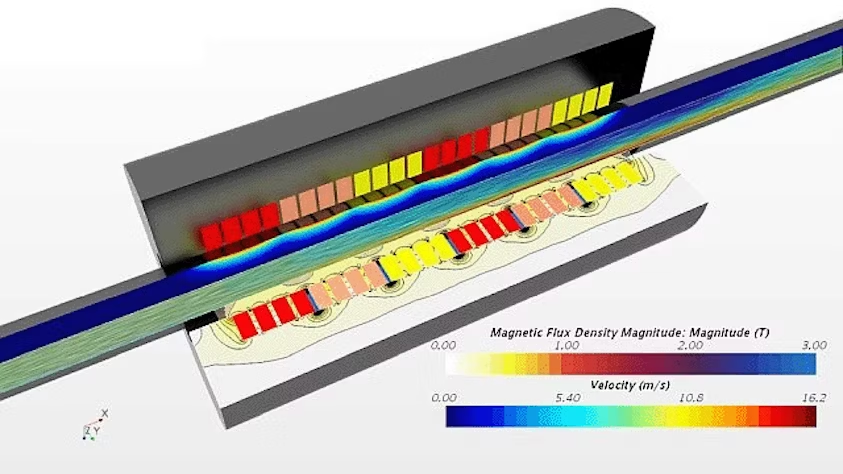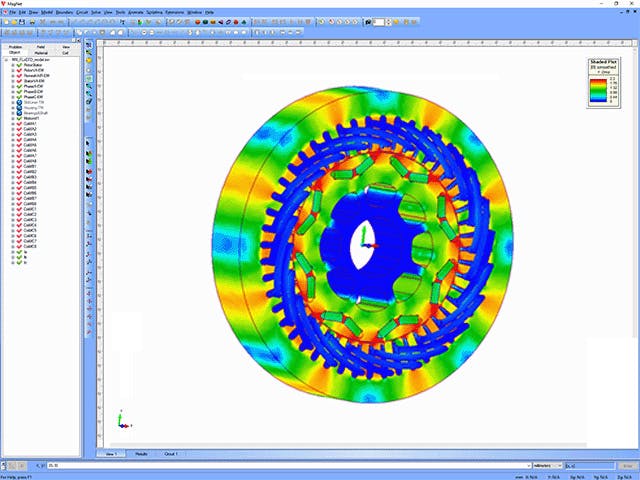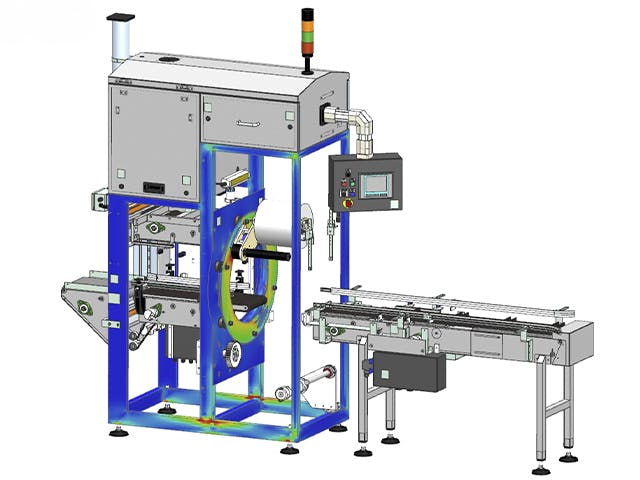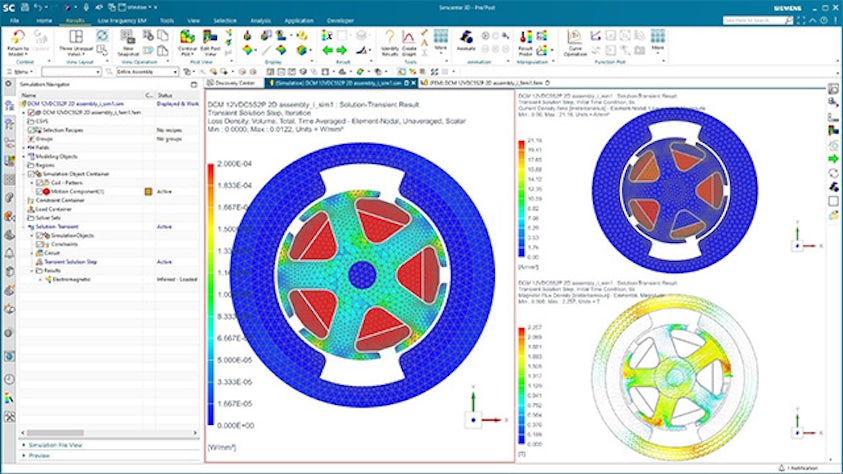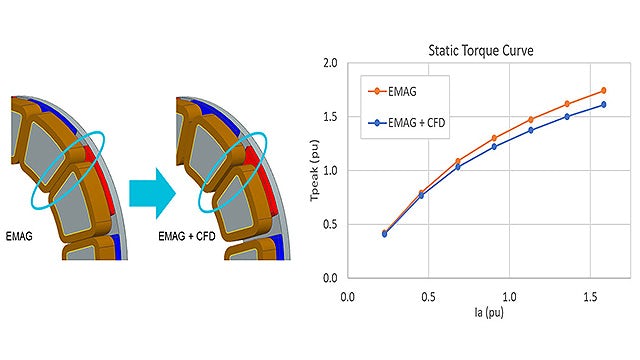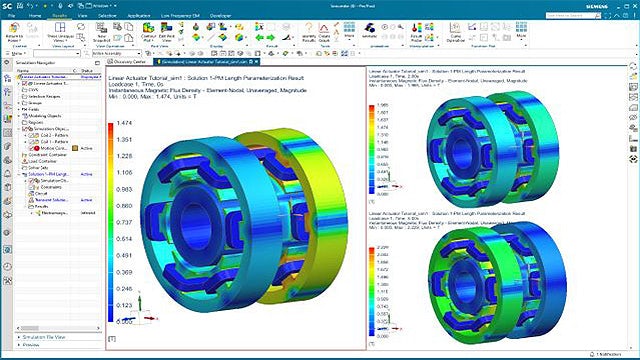Simcenter low-frequency electromagnetic simulations allow for the simulation of a variety of energy conversion devices, including e-motors, generators, transformers, actuators, and more. The solutions allow engineers to optimize energy conversion with low loss (high efficiency) and high throughput while considering material non-linearities, hysteresis, thermal effects, and moving components. Static, harmonic, and transient solvers are supported.
